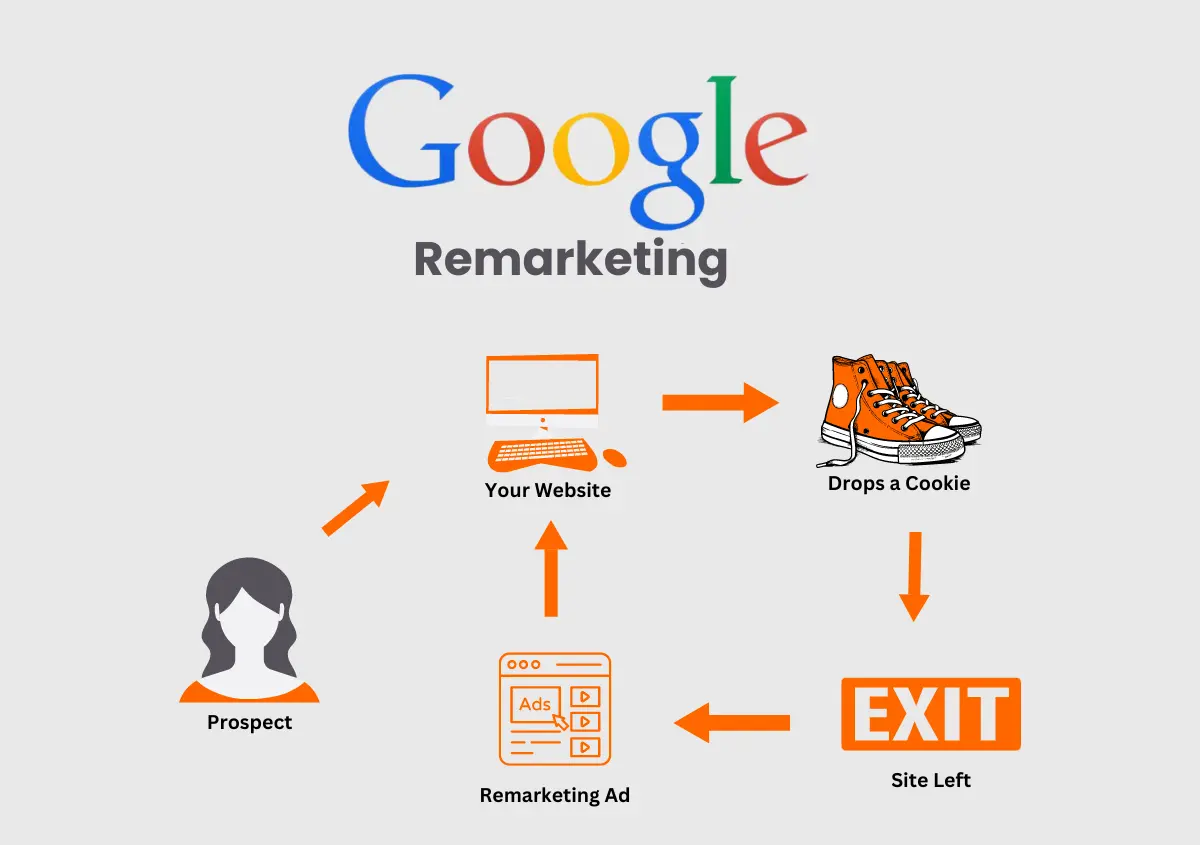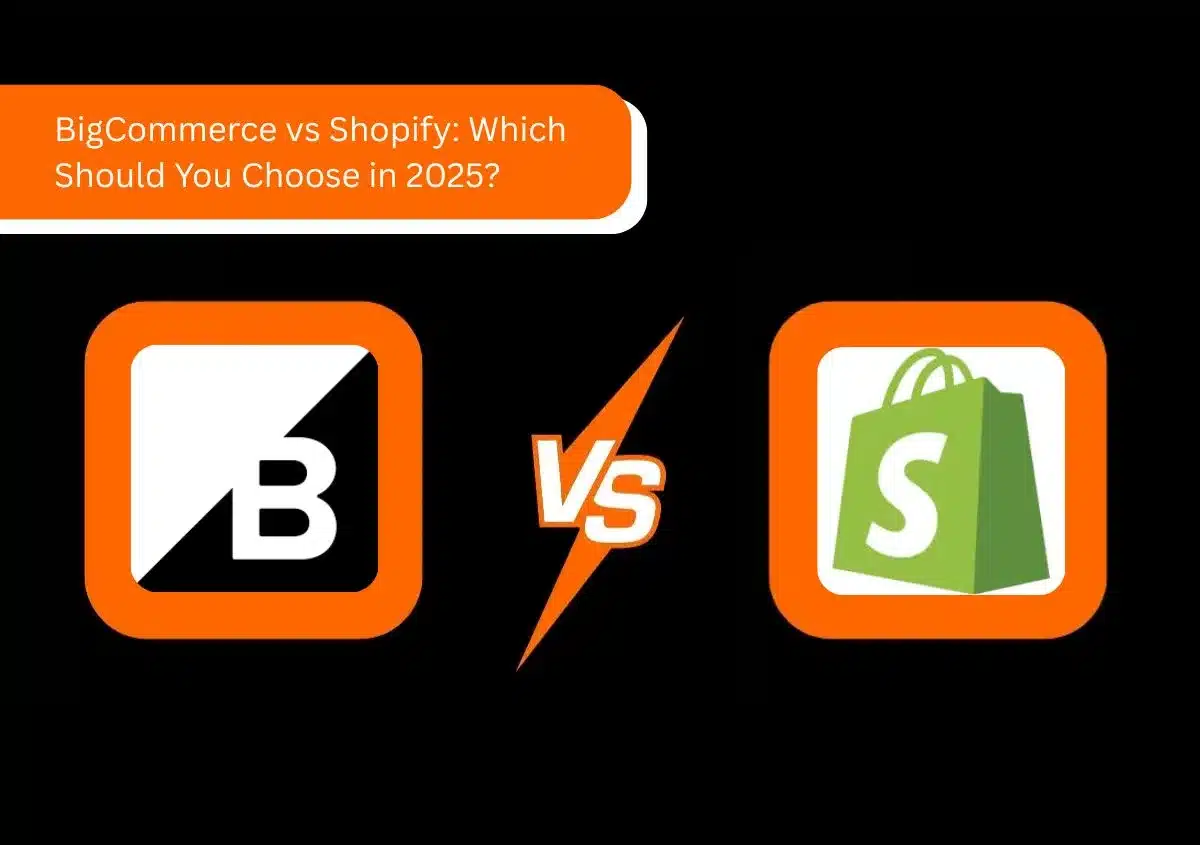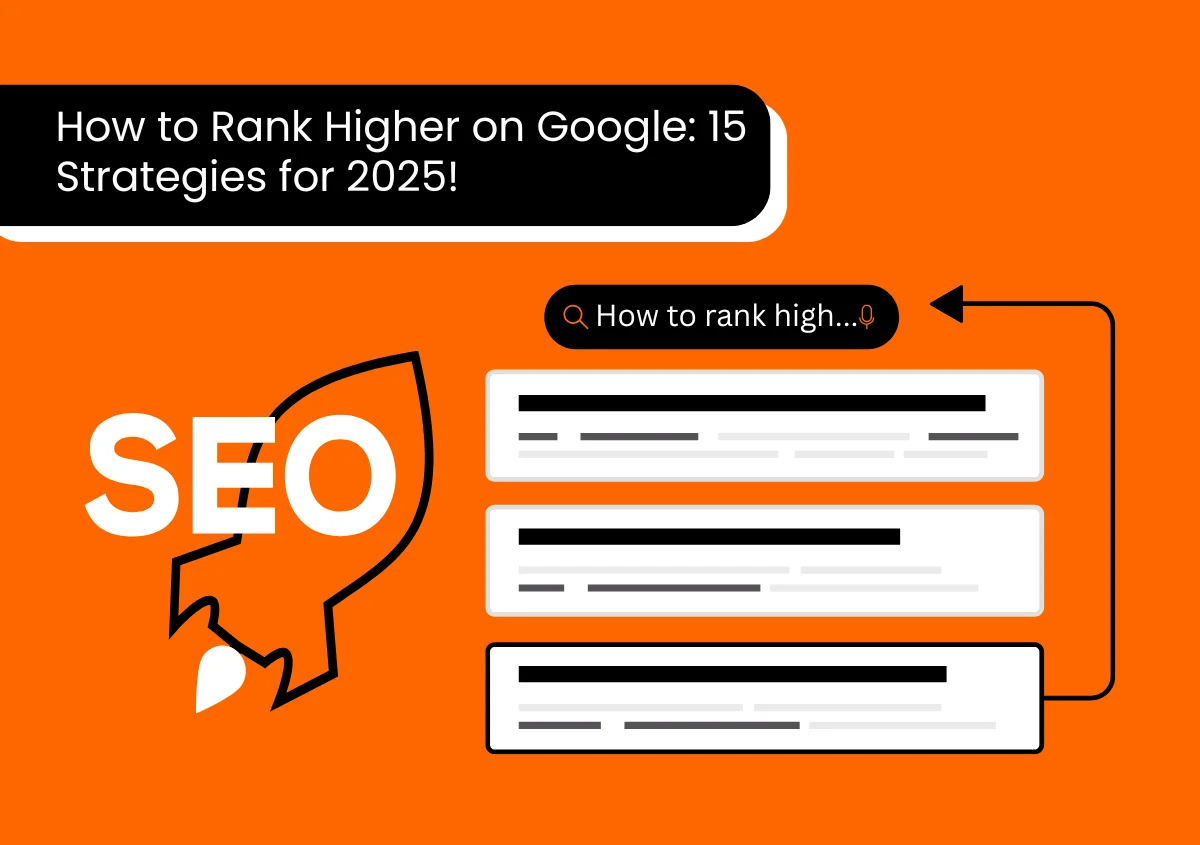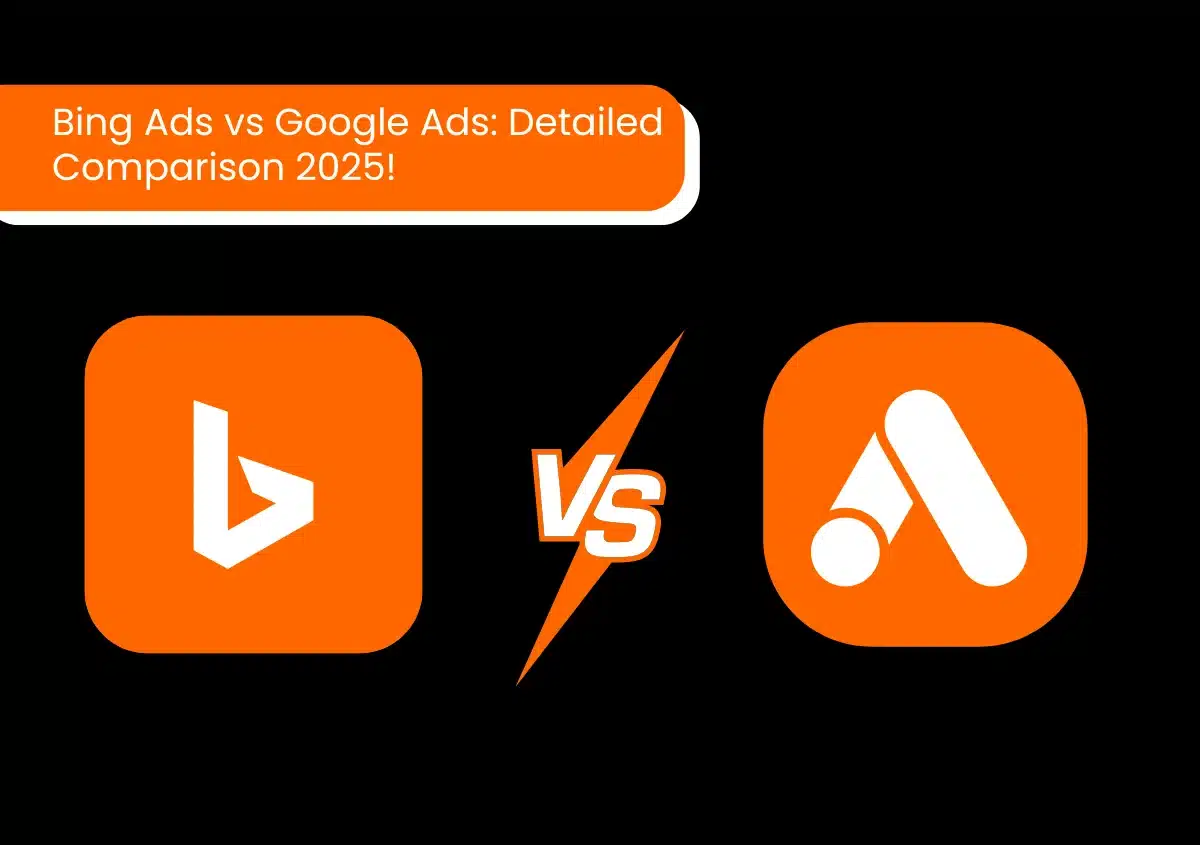Google ads retargeting is perfect for marketers looking to re-engage with potential customers who have interacted with their brand on previous occasions. Retargeting campaigns leverage vast networks and sophisticated algorithms, so your ads are shown only to users interested in what you offer, increasing the probability of conversion.
The great thing about retargeting ads is that they follow potential customers across different sites on the Google Display Network to give you maximum brand visibility.
An indispensable component of a comprehensive digital marketing strategy, Retargeting ads on Google offer precise targeting, enhanced engagement, and higher conversion rates. By effectively setting up and managing these campaigns, marketers can significantly boost their return on investment (ROI) and drive sustained business growth.
What is a Remarketing Campaign?
Remarketing is a digital marketing strategy that focuses on users who have previously visited your website or interacted with the contents of your brand, only not taking the final action (purchase, form filled out). By using cookies to follow user actions, remarketing allows marketers to serve custom ads based on those specific behaviors as they navigate the Google Display Network or use other Google Search Network websites.
The primary objective of a remarketing campaign is to recapture the visitors so they return to your site and complete the action you were encouraging. Remarketing helps keep your brand on top of their minds and increases the chances of making them convert. These customizable campaigns allow marketers to segment their audience based on specific behaviors like pages visited, time spent on the site, or products viewed.
What are the Advantages of Remarketing Campaigns?
- Increased conversion rates: When you target people who have already visited your website and shown an interest in your product with a remarketing campaign, they are more likely to become customers.
- Better ROI: Remarketing targets a warm audience. The cost-per-conversion typically tends to be lower, making it more rewarding.
- Improved Ad Relevance: Due to the specific ads and promotions based on past interactions with your website, The ads stay relevant and provide engaging experiences.
- Brand Recall: In the competitive world of online advertising, when you continuously display your ads to past visitors, it promotes brand awareness and recall.
In a nutshell, remarketing campaigns allow marketers to reach out to visitors and help in increasing conversions further while they are actively showing interest to maximize conversion rates.
What are the Types of Remarketing Campaigns?
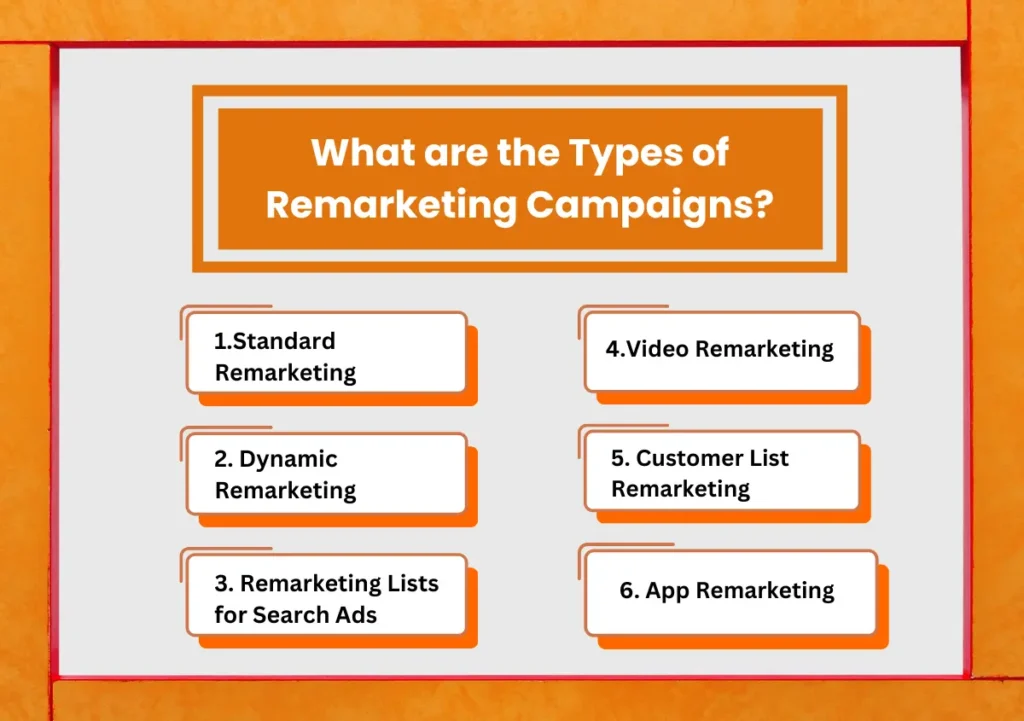
Remarketing campaigns reach out to individuals who were exposed to your brand on a previous occasion. These are the main types of remarketing campaigns that marketers can use to improve their digital strategies:
Standard Remarketing
Show ads to your past visitors as they browse sites and apps on the Google Display Network. This way, your brand stands top of mind with a user who has already shown some interest in what you offer and who is subsequently more likely to convert. These campaigns help prompt users to remember their abandoned shopping carts or advise them of another visit to your store.
Dynamic Remarketing
Dynamic remarketing takes standard remarketing a step further, presenting personalized ads displaying exact products or services that viewers already saw on your site. This tailored experience greatly enhances related ads, allowing users to respond with the right mindset. If a user visits shoes in your e-commerce store, dynamic remarketing will show the same pair of shoes to that prospective buyer, strengthening their confidence for a purchase
Remarketing Lists for Search Ads (RLSA)
RLSA permits you to retarget search advertisements and to alter bids for past visitors when they are searching either on Google or partner search sites. The idea is to target potential customers who are already familiar with your brand, increasing the likelihood of their conversion. To ensure that your ads appear at the top of search results, you can bid higher for users who have already visited your site.
Video Remarketing
Video Remarketing is all about creating a particular segment of your audience via video, for example, users that have engaged with your YouTube channel or other videos. These ads are on YouTube and other Google Display Network sites and apps that allow video format. It is critical for brands with high-quality video content as they can re-introduce them to their brand and lead viewers further down the funnel into, say, subscribing or visiting sites.
Customer List Remarketing
Customer list remarketing targets your existing customer data on Google platforms. You can use it to upload email addresses or phone numbers and have highly targeted ads. It is a sound way to reach out and re-engage old customers with new offers, inspire repeat purchases, or advertise something special. For example, you want to create ads only for users who purchased from your store during a holiday promotion in the past and then show them another coupon, encouraging them to return for another promotion.
App Remarketing
App remarketing targets your existing users to encourage them to return and complete in-app actions. It is perfect for increasing engagement with your app, bringing back users, or signing up for new features and events exclusive to the application. You can trigger reminders for users who left their cart within your app to remind them to complete the purchase.
Recreating such strategies for remarketing can help marketers turn leads into loyalists as targeting engaging customers increases the likelihood of conversions. Knowing how to use Google remarketing tools can help you stay on top of the minds of your customers, maintaining consistent engagement and improving return-on-investment for your marketing efforts.
How Does Google Ads Remarketing Work?
Google Ads remarketing enables marketers to reconnect with users who have interacted with your website or used your mobile app but did not convert. Here is how it works:
1. Tagging Your Website or App
The first step in building a remarketing campaign is adding the remarketing tag to your website or mobile app. A piece of code given by Google Ads that you use on your website or app. This tag records information on user interactions, e.g. pages visited or actions taken.
2. Creating Remarketing Lists
This list is different categories of user behaviors within your site or app. It includes users who visited a product page but did not purchase, the ones who abandoned their cart, etc.
3. Crafting Targeted Ads
Now that remarketing lists are in place, the next step is to start running targeted ads based on the interests and behaviors of individuals within each list. It happens by creating highly personalized ads featuring specific products and offers, similar to that particular customer’s past interactions with your website.
4. Ad Placement
Google will then show your remarketing ads to users as they read other sites on the Google Display Network or when customers look for something in Google. Because these ads display on apps your users already engage with, they help remind them of your brand and get them to return to use it.
5. Dynamic Remarketing
Dynamic remarketing can be even more personalized. It means designing ads that automatically include the products or services they have viewed previously. This level of personalization dramatically increases the probability of their conversion.
6. Tracking and Optimization
Google Ads gives a unique outlook of the results obtained through your remarketing campaigns. Metrics include impressions, clicks, and conversions. This information helps you optimize your campaigns over time by tinkering with bids, ad creatives, and targeting criteria to drive performance.
These steps ensure that your business/brand remains visible and that you get maximum return on advertising.
How to Set Up Remarketing Ads on Google?
Setting up a Google Ads Remarketing Campaign is incredibly important:
1. Install the Remarketing Tag
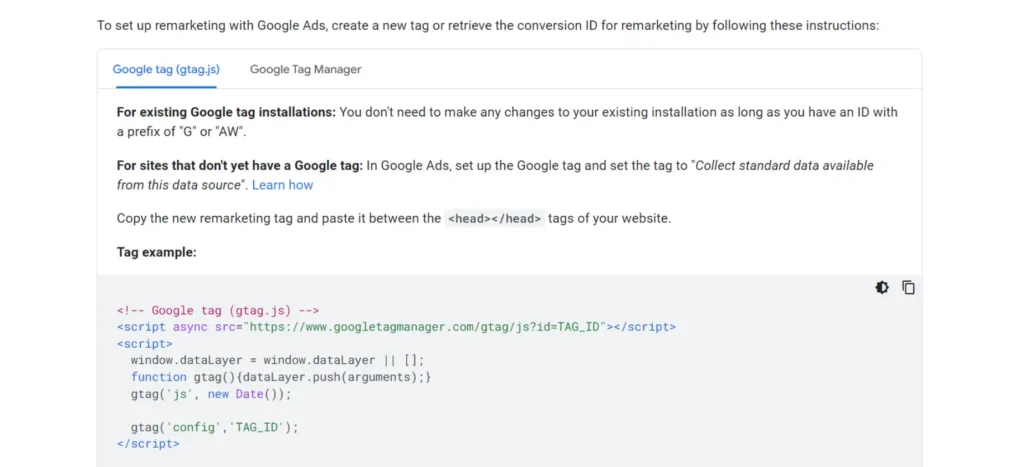
The first step is that you will have to install a Google Ads remarketing tag on your website or app. This tag is a piece of JavaScript code inside your Google Ads account. Add this tag to all the pages of your site or only sections where you want user behavior data.
2. Create Remarketing Lists
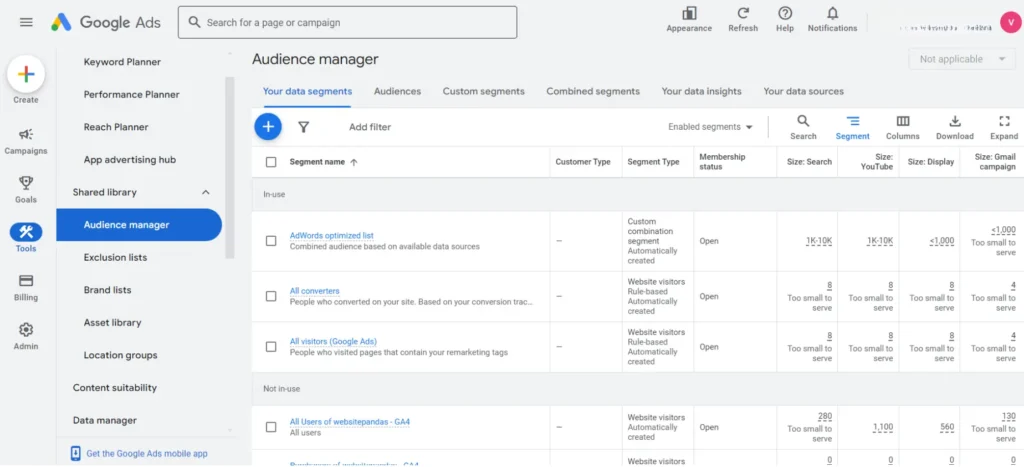
Site behavior triggers are employed to create remarketing lists. These lists bucket visitors based on actions like visiting a particular page or cart abandonment. Customize this list of actions and make them as targeted for users as you need them to be.
3. Set Up a Remarketing Campaign
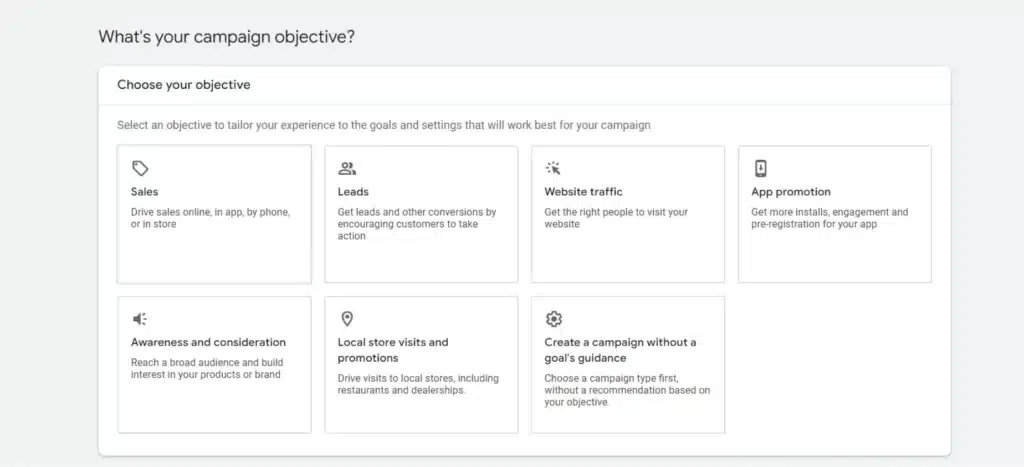
To create your campaign, go into your Google Ads account > Campaigns tab, and choose the type of campaign you set up (Eg: Display Network/ Search Network). Select Remarketing as a campaign subtype. This way, your ads are shown to users in the lists of people you want to remarket to.
4. Define Campaign Settings
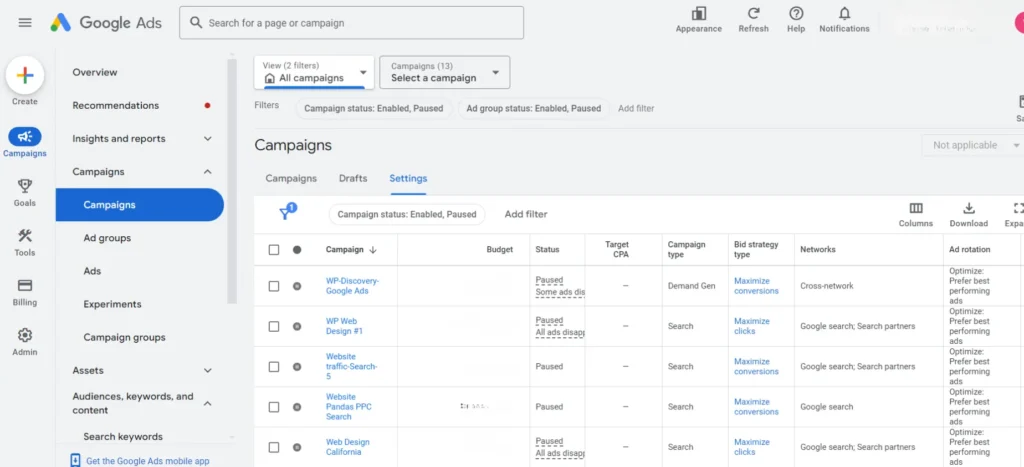
Select campaign settings like your budget, bid strategy, and location targeting. Make sure your settings match your marketing objectives and target audience.
5. Create Remarketing Ads
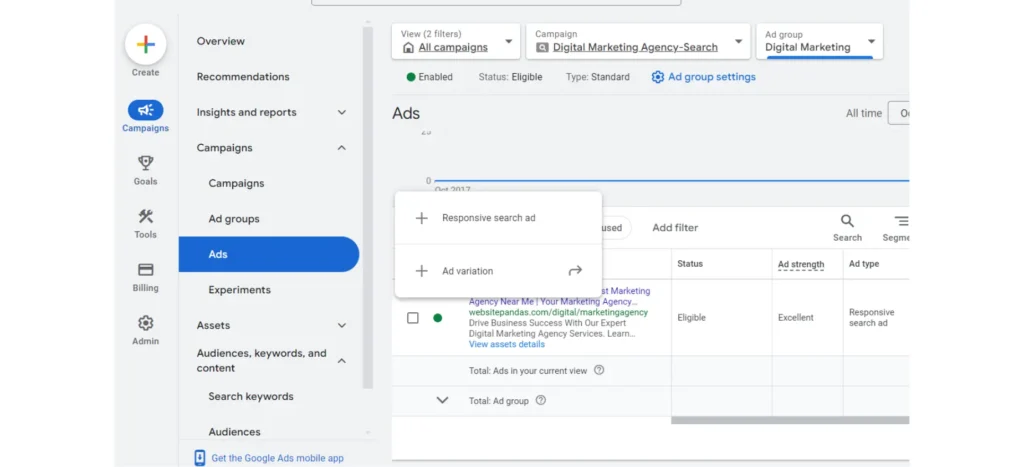
Create ads that target users in the remarketing lists you have built. The ads themselves needed to be intriguing and topical, with a clear call to action. You can create Text, images, or dynamic ads that adjust content automatically based on user behavior.
6. Monitor and Optimize
After your campaign starts, use Google Ads analytics to check how well it is going. Keep tabs on facts like impressions, clicks, and conversions. Optimize campaign settings, creatives, and your bids to enhance results.
7. Test and Iterate
Experiment with Ad formats, messages, and targeting continuously. A/B testing shows you what works best. Take these learnings and enlighten your campaigns along the way.
If you follow the ins and outs of these forms, setting up your Marketing re-engagement activity will be a seamless process leading to user conversions and ROI increase.
Best Practices for Google Remarketing
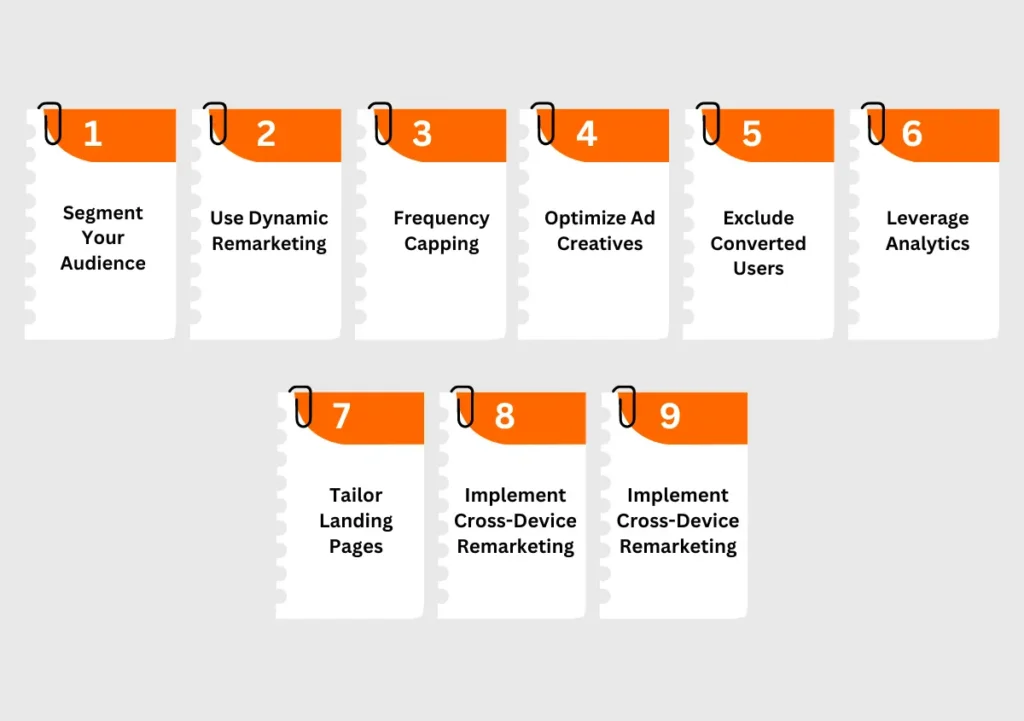
1. Segment Your Audience
Segment your audience according to behaviors like visited pages, time on site, or abandoned carts to help you. Segmentation of the target audience results in more accurate, focused ad messaging.
2. Use Dynamic Remarketing
Use dynamic remarketing for ad personalization. These ads will automatically show the products or services the user has previously viewed and increase the likelihood of those users becoming a part of your conversion funnels.
3. Frequency Capping
The best way to avoid ad fatigue is by setting frequency caps. Do not overexpose your user with the same ads. Since this allows you to keep a clean user experience, it prevents your ads from being a burden.
4. Optimize Ad Creatives
Design engaging and visually captivating ad creatives that draw attention. The call-to-action (CTA) is an integral part of your ad campaign, so make sure they are crystal clear and in line with the design of all other branding assets. Continue updating your ads and testing variations of simple concepts that will perform well for your target audiences.
5. Exclude Converted Users
To not target already converted leads, exclude them from your remarketing lists. This way, your ads are shown to users in the consideration phase of their buyer’s journey.
6. Leverage Analytics
Monitor user behavior and campaign performance with Google Analytics. Identify metrics like CTR, conversion rate, and ROAS you can look at to make data-driven optimizations.
7. Tailor Landing Pages
Your landing pages should be related to the ads users clicked on. Personalized pages have a direct, positive impact on the user experience and conversion rates.
8. Implement Cross-Device Remarketing
Allow cross-device remarketing to target users across all the devices they use. The user experience between mobile and desktop should be seamless.
These practices can enable marketers to maximize the effectiveness of their Google remarketing campaigns.
Final Thoughts
One effective strategy to help you reconnect with past and current consumers is remarketing. You can provide clients more chances to complete their purchases, which results in increased conversion rates and revenue that is recovered.
Google Ads remarketing has the potential to significantly expand a brand’s reach. To get the best outcomes, though, this needs to be well planned and executed, which is something only Google Ads experts can assist you with. Reach out to our team at Website Pandas.

